by Laura Elson
In the first of a two-part series on adapting England Netball’s volunteer strategy to Covid-19, Laura Elson shares her reflections on strategy development
This is a time that many of us never imagined we would experience in our life time. Life feels different with many unknowns. In December 2019 England Netball launched its first ever Volunteer Strategy. A huge signal to the estimated 26,000 netball volunteers that as a sport, they value the volunteers that help make netball happen and have a vision to improve the landscape in partnership with them.
We have given them the opportunity to stop and reflect on the journey so far and role a volunteer focussed strategy can play within an organisation. This is only really the beginning of their journey, but they highlight what they call ‘silver linings from this grey COVID cloud’. Increased volunteer engagement, openness to try new things, revealing digital skills they never knew existed and a clear and common sense of purpose to ensure they can return to court when the time is right and it is safe to do so.
Laura Elson (Consultant and former England Netball Volunteering and Governance Manager) played a big part in the development phase of the Volunteer Strategy and she will begin:

PART 1: A netball volunteer strategic story: pre-launch reflections
When is a strategy not a strategy?
Often what we call strategies are plans with a budget. This is still useful especially if time and resources are tight, but there are some key differences that make a strategy much more than a document on a shelf. A plan uses some internal data to describe what an organisation will do with its volunteers. A strategy is a roadmap co-designed with volunteers that uses rigorous internal and external insights to describe what volunteers will achieve.
A true strategy is about listening to the breadth of your volunteer movement, identifying the main groups within it, their diverse motivations, and the roles they play in your organisation’s purpose. For most organisations volunteers outnumber paid staff in such vast numbers that activating them is crucial to meeting your overarching goals. So a good volunteer strategy sets out how volunteers achieve your purpose, not how the annual awards will be run or what to budget for T shirts.
Strategy development techniques
Invest in the process
We spent almost two years working through a series of research steps to gather the data we wanted to use. England Netball also chose to hire an external consultant to lead the process of gathering data and consulting volunteers.
Segmentation analysis
Women in Sport were commissioned to conduct a segmentation analysis, with their focus groups identifying six communities of motivation within the wider netball community. This showed us we had six segments or “hearts” of volunteers who have different motivations but are all united by their ultimate reason for getting involved – because they love netball.
Other player analysis
It’s easy to just look around and borrow from other organisations. This is a bit of a trick though, and what’s unique about your movement often won’t translate for another organisation. We held structured interviews with leaders of volunteering across sport but also with national charities and women’s organisations. 90% of netball volunteers are women, and we actually learned the most from Girlguiding and the Women’s Institute.
Internal and external analysis
Volunteers out number staff 200 to one in netball and their contributions underpin whether we meet those our goals. We started with our overarching strategy and ensured we used those goals, as did other departments such as Officiating and Coaching (who are also predominantly volunteers.) Sport England and NCVO also provided us with insights so that we could consider the national volunteering landscape too.
Volunteer voices
We compiled data from thousands of volunteers via our annual survey, the Big Netball Conversation.
Co-production
Alongside all this was the best bit of my job, travelling around the nation over 18 months and meeting hundreds of volunteers in every region and every role.
Yes, this is a huge investment of time but it’s crucial. Questions were asked at regional and county meetings, focus groups were held at national conferences, people who had stopped volunteering were phoned to mention some of the activities. This enabled us to be clearer about what the groups and themes we identified meant in real terms.. Second it enabled movement building, the more volunteers we involved the more ownership, partnership and respected our movement felt.
About Laura

Laura Elson is Consultant specialising in volunteering strategy and development, fundraising and governance with an MSc from the Centre for Charity Effectiveness. Laura is a member of AVM, volunteers as a trustee at Getting on Board, the national trustee recruitment charity, and Bramley Elderly Action. She also volunteers with the Institute of Fundraising, Small Charities Coalition, and her local food bank. But her favourite volunteering role is as player/ kit secretary at Carr Manor Lightning Netball Club in Leeds, where she holds the title of the shortest Goalkeeper in the league.
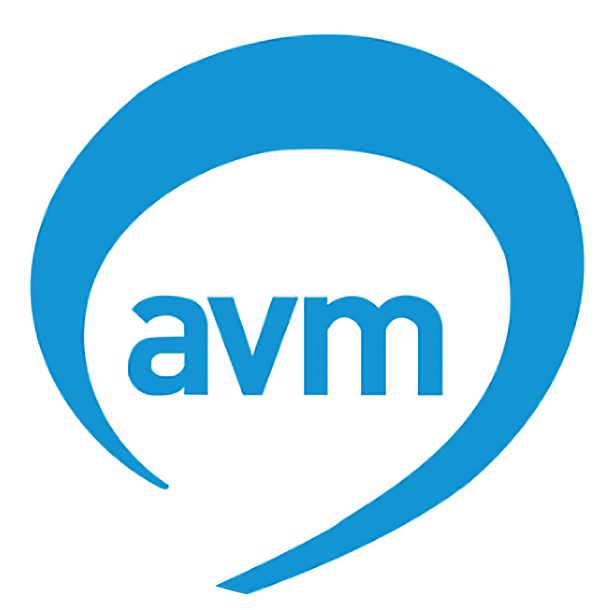
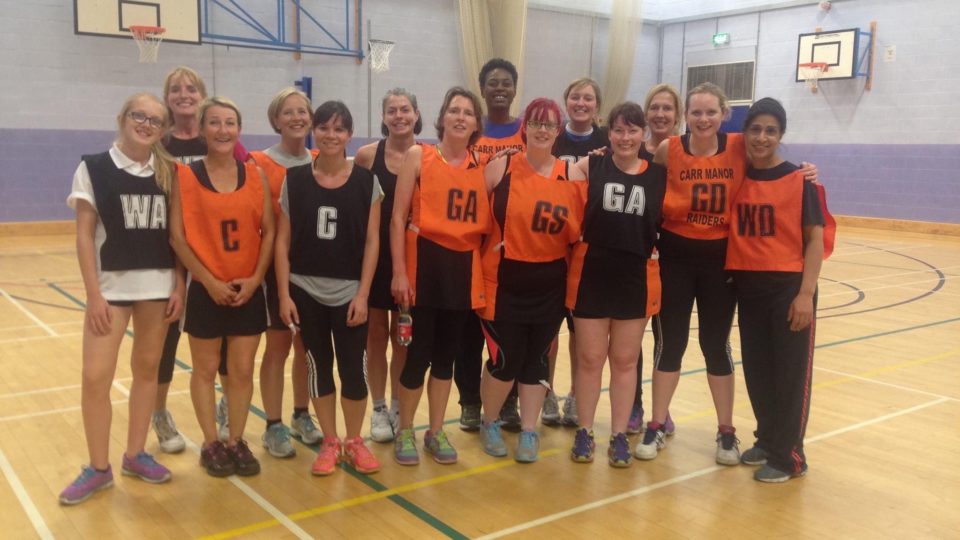
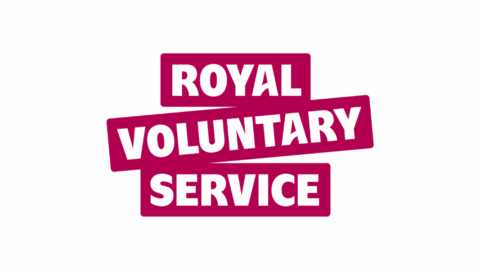
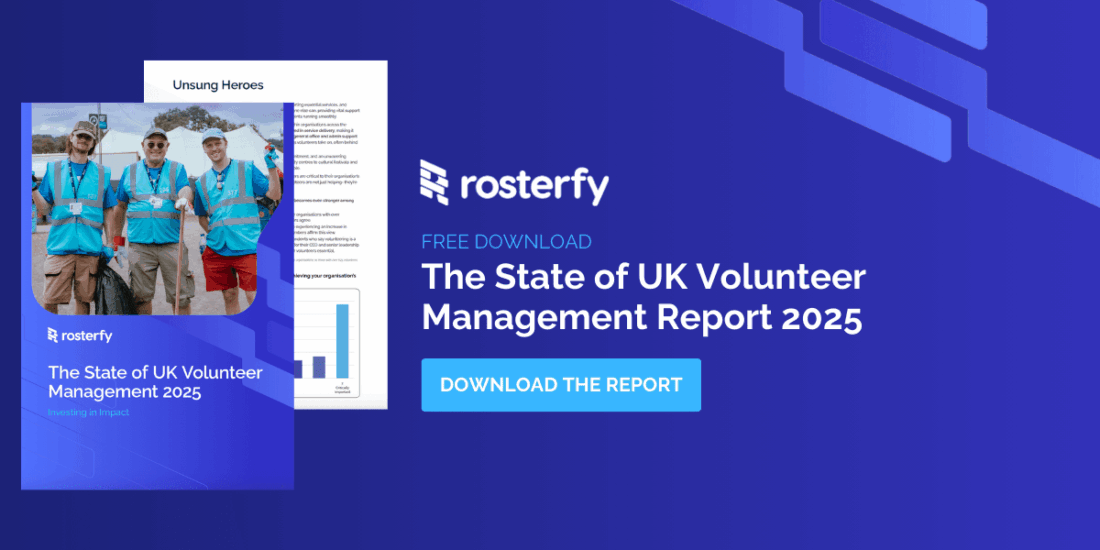
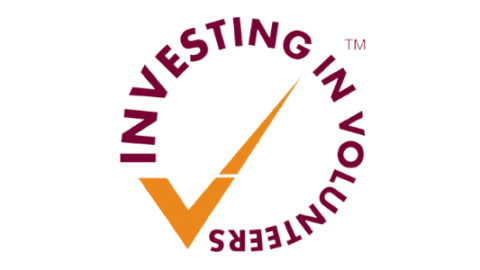

2 comments